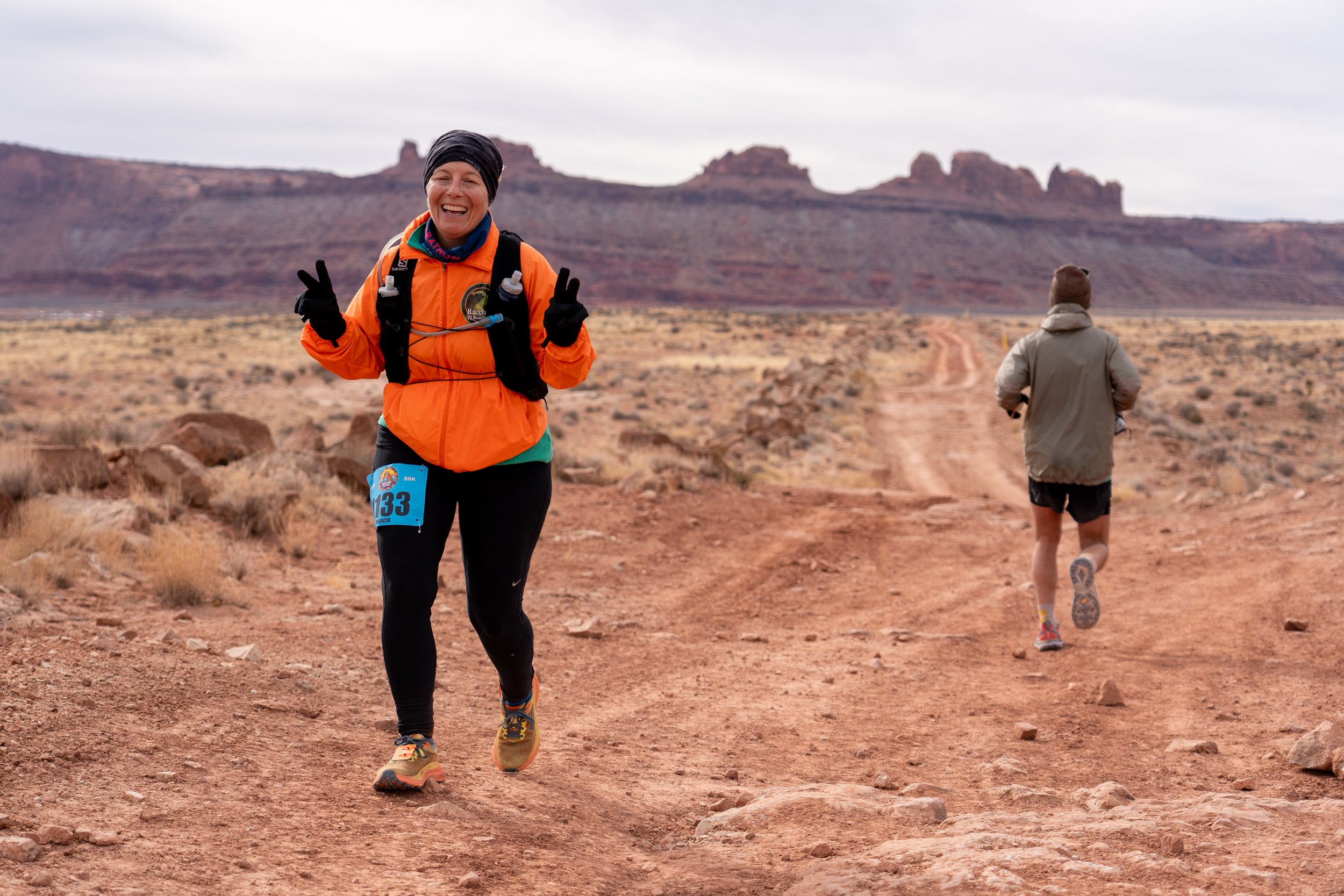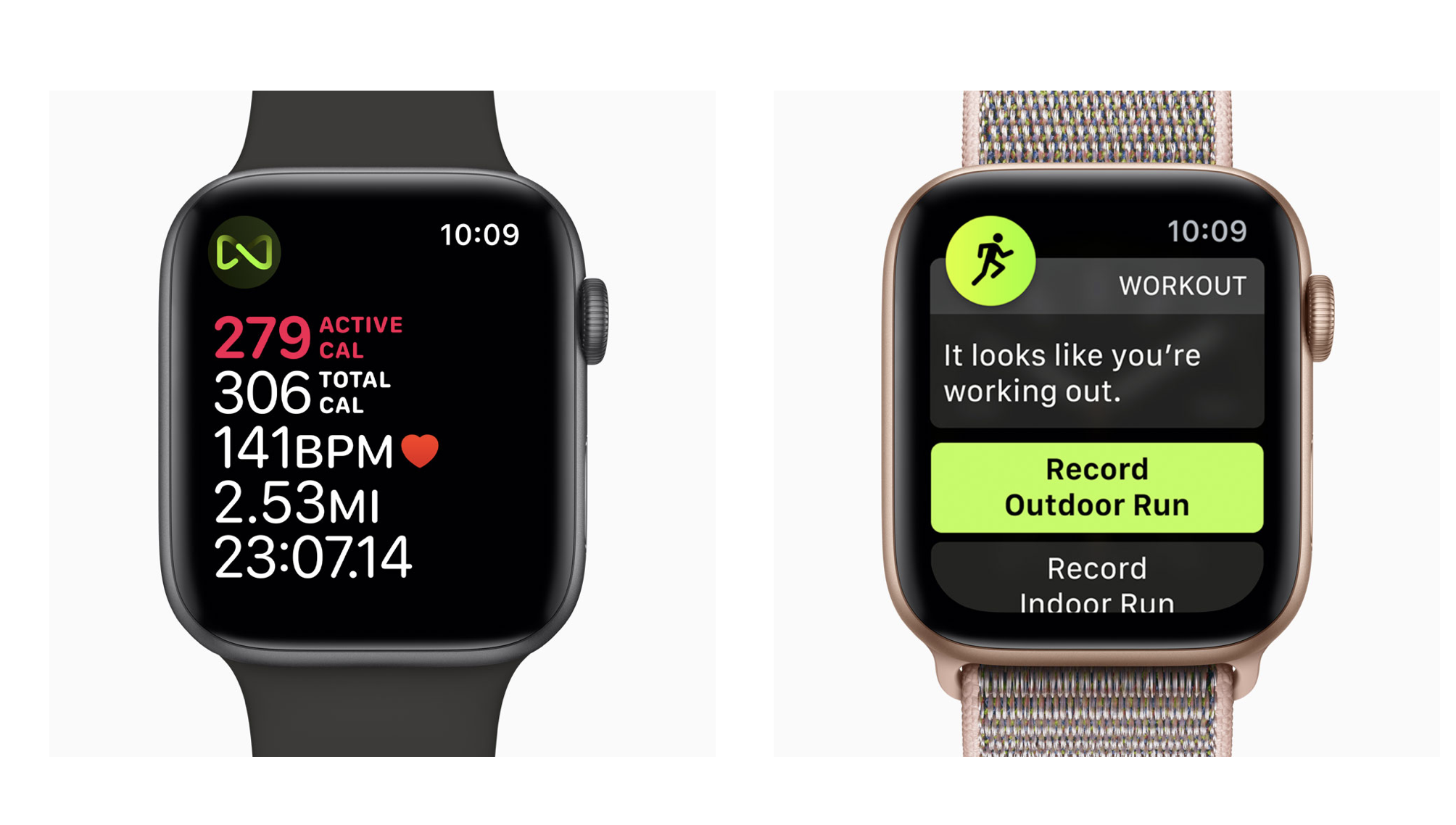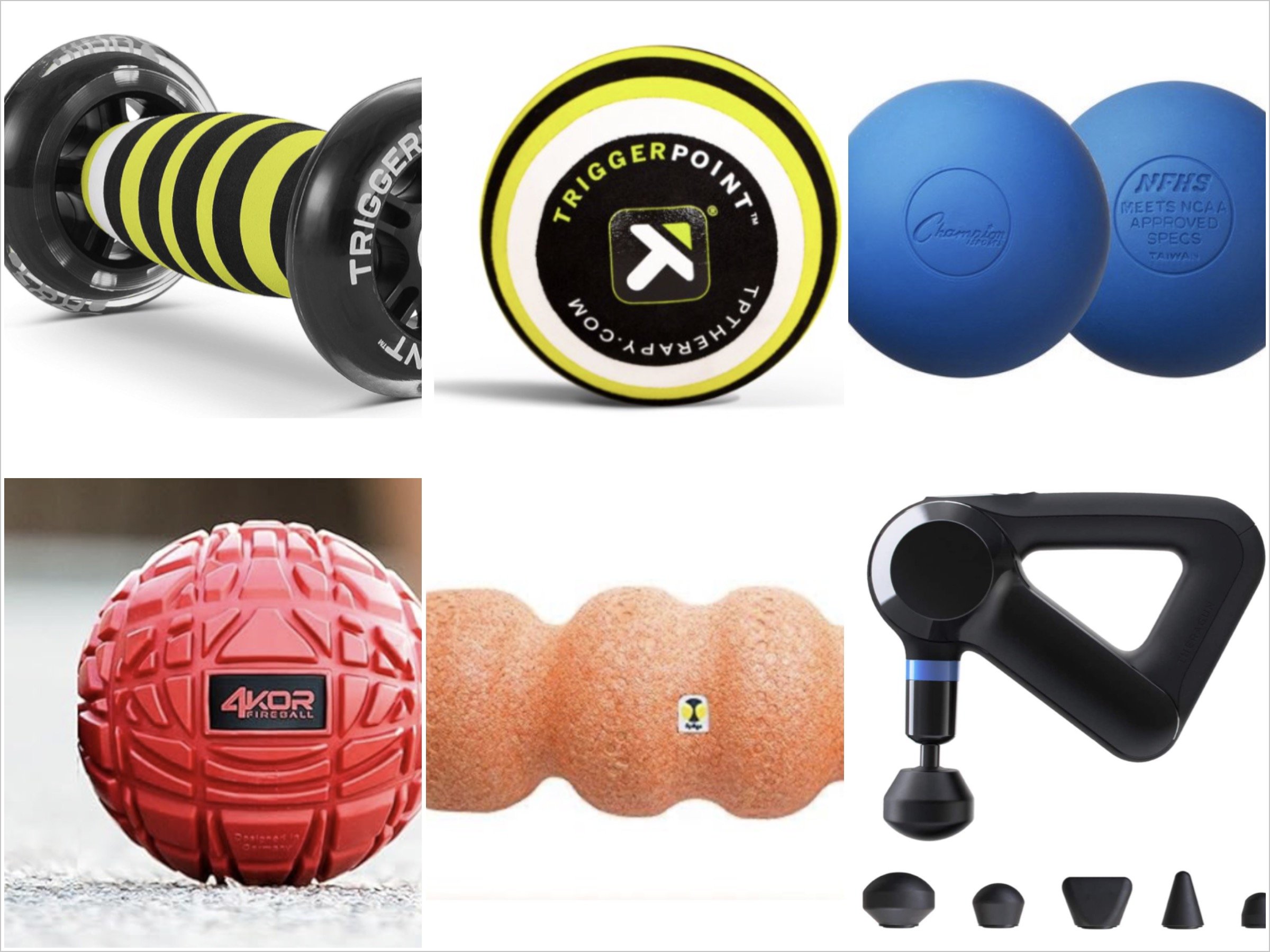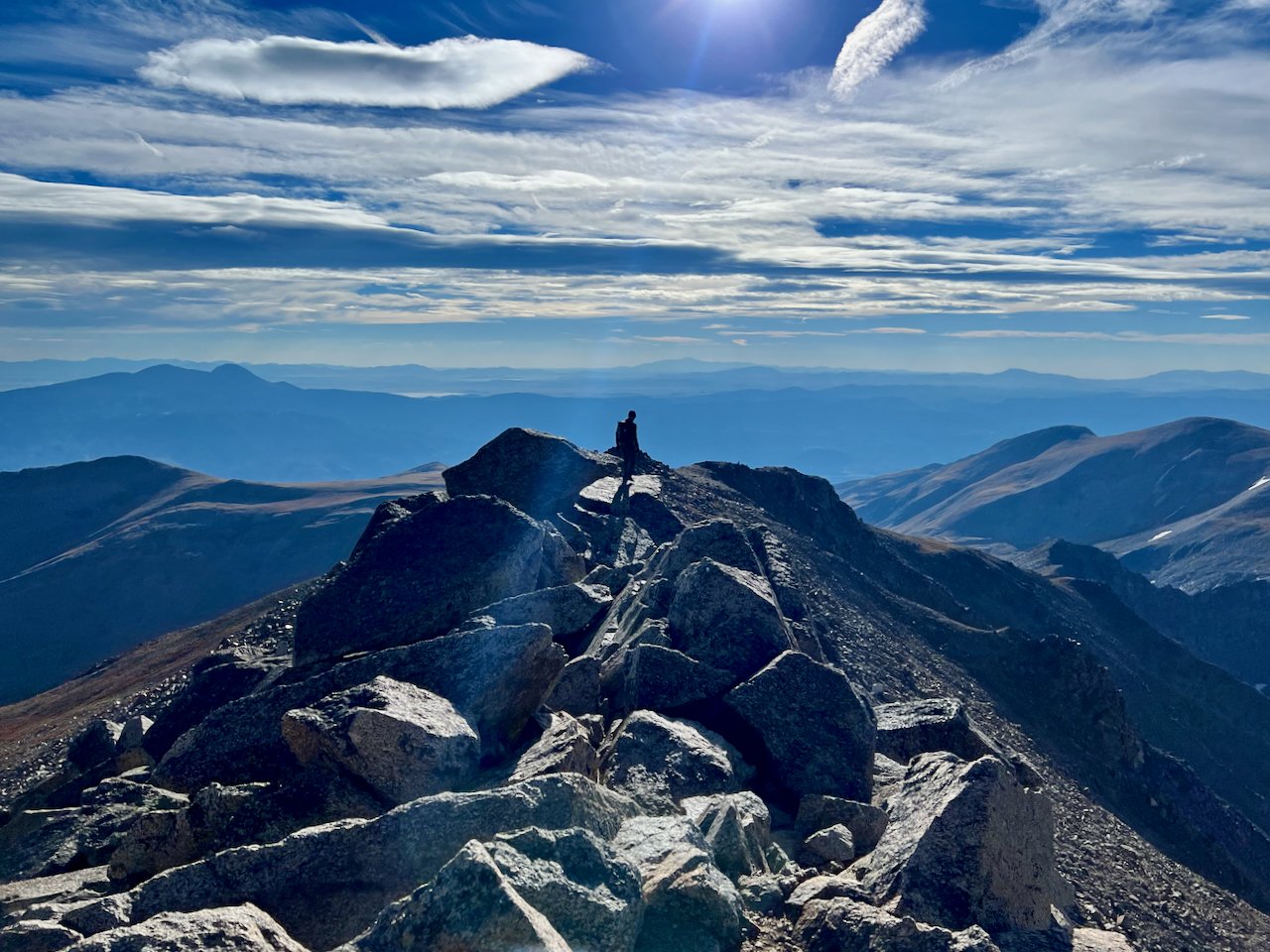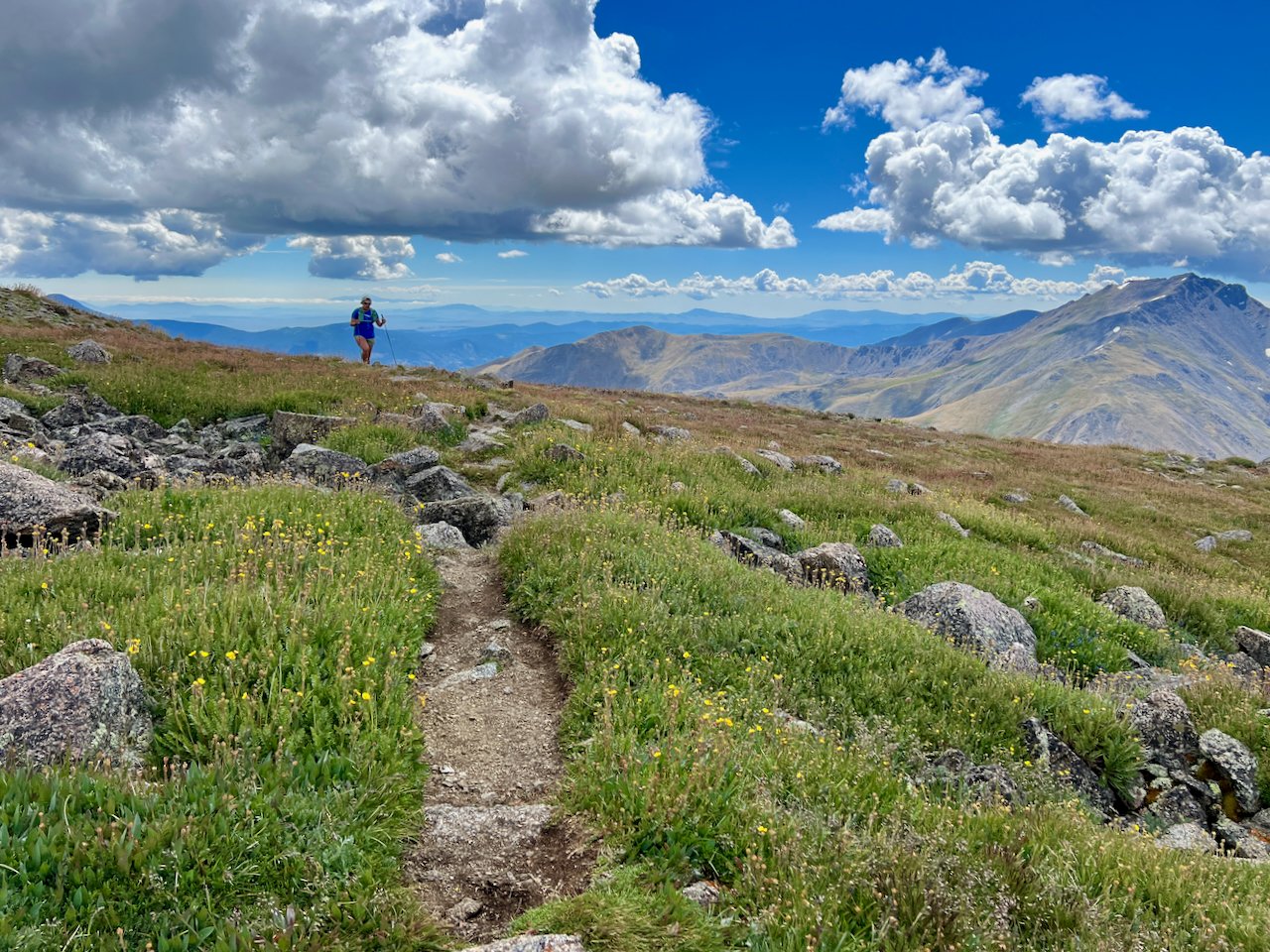Search & Rescue at Mayflower Gulch - Accidents Happen
On March 17th, Joe and I went for a snowshoe to check out Mayflower Gulch in Summit County, CO. This area is a very popular backcountry skiing and hiking destination. As we started a short ascent up, we were loving being in the trees with big mountain views. We were fitting in a short outing prior to an appointment in Breckenridge. Pace was brisk until we got to the miners cabin, here is where I noticed a backcountry skier to my left.
I struck up a conversation, as we are interested in skiing in this area in the future. The skier by the name of Jackson, pointed out the line he just came down, saying he booted up then skied from about the middle of what we were looking at. He seemed a little disheveled and said his friend should have been right behind him. We talked for 2 mins, then he began to briskly skin toward the terminus of his line. He shouted if you hear me call out for help, call 911. Joe and I followed him, quickly realizing how serious this could become.
One thing is, when you’re out there, things seem closer than they are. When you start moving towards something, especially in deep snow, you begin to realize just how far it really is. I noticed Jackson started to pick up his pace, throwing his layers and helmet down. Joe picked up the pace as well. I grabbed what Jackson dropped just in case the skier needed more protection. As we got closer, we heard screams for help, the skier was in distress!
The injured skier stood up and attempted to ski down. When Joe finally reached him, he quickly realized that he had crashed pretty bad, his head and face were severely bruised and bloodied. He was mumbling and repeating himself, asking questions, then apologizing repeatedly. We guided him, holding him up until we got to a flat section in the sun. We encouraged them to press the S.O.S button on John’s ZOLEO Satellite Communicator. We all knew that this wasn’t good. His face was continuing to blow up and he was becoming weaker by the second.
We sat him down on a barrier to try to insulate a little of his body heat from the ground, then we continued to encourage him to try to get in some sugar from a gel and drink water if he could. He was able to get in very small amounts, which was very important because we needed to keep him awake and his blood sugar was low. He was shivering, mumbling and going in and out. Joe was assessing him and saw that his Smith helmet had a huge crack and cave in across the front right half. This might have happened from when he was trying to build a little speed at the bottom of the run so it would carry him up the bowl on the other side. His ski clipped a rock and sent him immediately head first into another rock. He was complaining of head, neck and back pain. We gathered all of the extra clothing we had to keep him warm. Myself and Jackson cuddled beside him to block the wind. We steadily asked him questions and had him focus on relaxed breathing to try to keep him alert and calm.
I decided I was going to run down as fast as I could to the parking area to be sure 911 was notified. Joe and Jackson stayed with John. At this point, about 2 hours have passed. I drove down to Copper to find a signal and called 911. I gave them as many details as I could, when I got back to the parking area, Summit County Search & Rescue were at the trailhead. I was like, can you get a move on, time is ticking but they have their protocols to ensure their safety and that they have the appropriate resources available. Several snowmobiles and skiers gathered.
When the first responders arrived on scene, they quickly assessed the situation and called in for a helicopter. There was no time to waste. Weather was moving in and a small window opened to allow a helicopter to assist in the rescue. Joe stabilized John’s head and neck as the search and rescue team continued working on him and prepared him for the evacuation to Summit Medical. We just got word that John underwent successful surgery to repair some broken vertebrae. He has compression fractures in his middle back and lower neck but should make a full recovery!
This was supposed to be an easy day out for these two. They were experienced backcountry skiers who are well aware of the risks, but accidents happen. We were also out there for just a quick snowshoe out and back but we always lean towards the side of caution and safety, even on supposed easy days. Every time out, we bring extra layers, an S.O.S satellite communicator, nutrition, bivy, extra gloves, layers and gear specific to seasonal conditions, possible weather and an unexpected night out. This is not just for ourselves but in case we come across anyone else that may need help. Over the years we have assisted in several search and rescue operations, as well as helped many hikers, runners, cyclists and adventurers that were lost or in distress.
We know big mountains are alluring but you cannot skip steps. Backcountry education is key when going out. Our fitness can take us to amazing places, but it can also get you or your party into serious trouble, especially when you’re not prepared. Your instagram selfie isn’t going to mean much if you don’t make it back. We wanted to share this so that we can all continue to learn as much as possible from each other about safety in the backcountry.
A couple of things that stood out in this situation was that this was a heavy traveled area and even though this accident happened about a quarter mile from the trail, you couldn’t see the injured skier nor hear his yells for help. They also probably skied here many times, but sometimes shit happens! Always go out prepared for the worst case scenario. Everyone in your party should know the ins and outs of your intended adventure and the safety protocol. Take the responsibility to educate yourself, so that you can safely assist others while also taking care of yourself. The life saving process starts immediately. Be the person that can help others.
Quick tips for Backcountry travel
Do not travel alone if possible.
Be sure to let someone know your trip itinerary, no matter how safe you feel.
Carry a Garmin inReach or other satellite communicator, familiarize yourself with it, update software, subscribe.
Be sure everyone in your group knows the intended route/adventure and safety protocol.
Know the weather and avalanche forecast + history of the area you’re heading too.
Carry an avalanche beacon, probe, shovel.
Be prepared to spend the night.
Carry extra clothes, food, water, emergency bivy and medical kit.
Know how to use your gear.
Take a wilderness first aid, avalanche and orienteering course.

